Mastering Multi-Vehicle Repairs: Collision Repair Customer Service Strategies
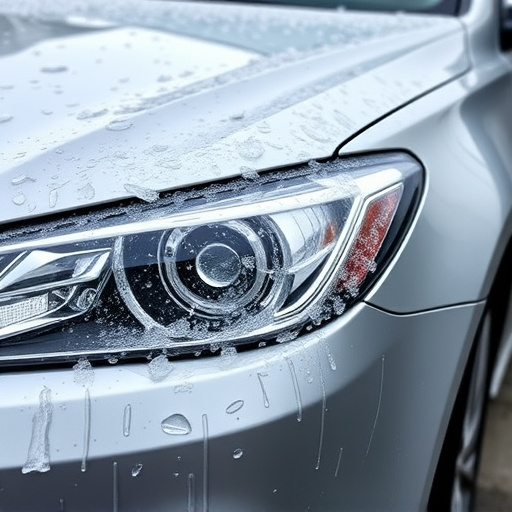
Skilled collision repair customer service reps act as orchestrators in multi-vehicle settings, manag…….
In today’s highly competitive automotive industry, collision repair customer service stands as a cornerstone of ensuring customer satisfaction and building long-lasting relationships. This article delves into the intricate world of collision repair, focusing specifically on the customer experience and its profound impact on a business’s success. By exploring various facets, from historical roots to future trends, we aim to equip readers with an in-depth understanding of how exceptional customer service can revolutionize the collision repair industry.
Collision repair, as the term suggests, involves the restoration and refurbishing of vehicles damaged in accidents or collisions. However, it is not merely a technical process; it is an art that requires meticulous attention to detail, coupled with exceptional customer interaction. Customer service in this domain goes beyond fixing cars; it encompasses understanding customer needs, providing transparent communication, and ensuring a seamless experience throughout the repair journey.
Collision repair customer service refers to the range of interactions and support offered by collision repair facilities (also known as body shops) to customers whose vehicles require restoration after an accident. It is a multifaceted approach that includes several key components:
Initial Assessment and Communication: The process begins with a thorough inspection of the damaged vehicle. Trained technicians provide immediate feedback, explaining the extent of repairs needed, estimated timelines, and associated costs. This transparent communication sets the tone for the entire customer experience.
Customer Support and Empathy: Collision repair facilities should offer more than just technical expertise. They must demonstrate empathy, understanding, and support throughout the journey. This involves accommodating customers’ schedules, providing ride-sharing services, and ensuring their comfort while their vehicles are in the shop.
Effortless Scheduling and Coordination: Efficient scheduling systems are vital. Customers should be able to book appointments easily through various channels, including online platforms, phone calls, or walk-ins. Additionally, coordinating with insurance companies, adjusting estimates based on coverage, and keeping customers informed about any changes or delays are critical aspects of customer service.
Quality Assurance and Craftsmanship: The core of collision repair lies in the quality of workmanship. Customers expect their vehicles to be restored to pre-accident condition, if not better. This requires skilled technicians, state-of-the-art equipment, and adherence to industry standards for safety and excellence.
Timely Completion and Communication: Promptly completing repairs without compromising quality is essential. Regular updates during the repair process, including progress reports and final inspection, demonstrate accountability and keep customers informed about their vehicle’s status.
Warranty and Aftercare Support: Offering comprehensive warranties for repair work instills confidence in customers. After-sales support, such as follow-up calls to ensure customer satisfaction or providing maintenance tips, enhances the overall service experience.
Collision repair customer service is a global phenomenon, with varying degrees of implementation and standards across different regions. Several key trends are shaping its evolution:
| Region | Trends | Impact |
|---|---|---|
| North America | Increasing focus on customer experience, adoption of digital scheduling, and online estimating tools | Improved efficiency, enhanced customer satisfaction |
| Europe | Stricter environmental regulations leading to eco-friendly repair practices and advanced training for technicians | Higher standards of workmanship, reduced environmental impact |
| Asia Pacific | Rapid urbanization driving demand for collision repair services, integration of mobile technology for on-the-go service requests | Growth in the industry, convenience for customers |
| Latin America | Growing awareness of customer rights and expectations leading to higher service standards | Enhanced reputation of body shops, increased customer loyalty |
These trends reflect a global shift towards prioritizing customer experience and leveraging technology to streamline collision repair processes.
The economic landscape plays a significant role in shaping collision repair customer service. Here’s an analysis of key economic factors:
Market Size and Growth: The global collision repair market, valued at USD 150 billion in 2021, is projected to grow at a CAGR of 4.5% from 2022 to 2030 (Grand View Research). This growth can be attributed to increasing vehicle ownership, rising demand for safety features, and growing awareness about vehicle maintenance.
Investment Patterns: Collision repair facilities invest heavily in equipment, training, and technology to enhance service quality. According to a survey by IHS Markit, body shops in North America spent an average of $250,000 on capital expenditures annually between 2018 and 2020.
Economic Impact: Exceptional collision repair customer service can positively impact local economies. Successful businesses attract more customers, create employment opportunities, and contribute to the overall prosperity of their communities.
Technology has been a game-changer in the collision repair industry, transforming both internal operations and customer interactions:
Digital Scheduling and Online Portals: Customers can now book appointments, upload insurance documents, and track their vehicle’s progress through dedicated online portals. This reduces paperwork, streamlines processes, and provides real-time updates.
Computerized Estimation Systems: Advanced estimating software enables technicians to provide accurate, detailed estimates quickly. These systems consider various factors, including make, model, year, and specific damage, ensuring transparency in pricing.
Virtual Reality (VR) and Augmented Reality (AR): VR and AR technologies are being explored for training purposes, allowing trainees to gain hands-on experience in a virtual environment. This innovative approach enhances learning and reduces training costs.
Telematics and Internet of Things (IoT): IoT devices can monitor vehicle health and predict maintenance needs, providing proactive service solutions. Telematics also enables remote diagnostics, allowing technicians to diagnose issues before customers arrive.
Artificial Intelligence (AI) for Quality Control: AI-powered inspection tools assist in identifying subtle damage, ensuring precise repairs and reducing the need for re-work. These systems enhance quality control and save time.
The collision repair industry is subject to various policies and regulations that impact customer service:
Safety Standards: All major regions have established safety standards for vehicle repairs, ensuring the use of safe materials and practices. For instance, the National Highway Traffic Safety Administration (NHTSA) in the US sets guidelines for automotive safety.
Consumer Protection Laws: These laws safeguard customers’ rights and ensure transparent pricing, informed consent, and dispute resolution mechanisms. In the EU, Directive 2013/24/EU focuses on consumer rights, while the US has state-specific regulations.
Environmental Regulations: Collision repair facilities must adhere to strict environmental standards, particularly regarding waste management and emissions control. The European Union’s Waste Electrical and Electronic Equipment (WEEE) Directive is a notable example.
Insurance Industry Regulations: Insurance companies have specific guidelines for collision repair, including preferred shops, direct repairs, and approval processes. These regulations influence the relationship between body shops and insurance providers.
Despite its potential, collision repair customer service faces several challenges that can hinder exceptional experiences:
Lack of Standardization: The industry lacks uniform standards for service quality, pricing, and customer interaction, leading to inconsistent experiences across facilities.
Time Sensitivity and Delays: Repairs often involve urgent matters, and delays can frustrate customers. Efficient scheduling, transparent communication, and proactive updates are essential to address this.
Technological Integration: While technology offers numerous benefits, successful implementation requires significant investment and training. Some smaller body shops may struggle to keep up with digital advancements.
Competition and Market Saturation: In competitive markets, body shops might focus more on cost cutting than customer experience, leading to compromises in service quality.
To overcome these challenges, facilities should:
AutoCare Body Shop, a long-standing collision repair facility in a bustling urban area, embarked on a digital transformation to enhance its customer service. They launched an online booking platform, allowing customers to schedule appointments and upload insurance documents seamlessly. The shop also implemented a real-time tracking system, providing customers with updates on their vehicle’s status. As a result, AutoCare experienced a 20% increase in online bookings and received consistently positive feedback for its user-friendly digital services.
Green Repair Solutions, a forward-thinking body shop in Toronto, focused on becoming more than just a repair facility. They organized community events, sponsored local sports teams, and offered free vehicle maintenance clinics to engage with residents. This strategy not only enhanced their brand image but also fostered trust and loyalty among customers. The shop’s unique approach led to increased foot traffic and referrals, solidifying its position as a preferred collision repair service provider in the area.
EuroReps, a leading collision repair network in Europe, adopted AI-powered inspection tools to revolutionize quality control. These tools utilized computer vision and machine learning algorithms to identify even the most subtle damage, ensuring precise repairs. The implementation resulted in a 15% reduction in re-work, increased technician efficiency, and happier customers who appreciated the higher quality standards.
The collision repair customer service landscape is poised for further transformation, driven by technological advancements and evolving consumer expectations. Here’s a glimpse into the future:
Personalized Customer Experiences: Utilizing AI and data analytics, body shops can offer personalized recommendations and predictive maintenance plans, enhancing customer loyalty.
Remote Diagnostics and Repair: Telematics and remote access to vehicles will enable technicians to perform diagnostics and, in some cases, repairs remotely, increasing accessibility and convenience.
Sustainable and Eco-Friendly Practices: With growing environmental consciousness, collision repair facilities are likely to embrace eco-friendly materials, recycling programs, and energy-efficient operations.
Integration of Virtual Reality (VR) Training: VR will continue to revolutionize training programs, providing immersive learning experiences for technicians while reducing on-the-job training costs.
Collision repair customer service is a dynamic field that continues to evolve with technological advancements and shifting consumer preferences. By embracing innovation, prioritizing customer experience, and adapting to global trends, collision repair facilities can differentiate themselves in a competitive market.
The examples presented in this article highlight the potential for excellence within the industry. As technology advances and customer expectations rise, those who invest in digital transformation, employee training, and community engagement will be best positioned to thrive in the future of collision repair.
By addressing challenges, adopting emerging trends, and fostering a culture of continuous improvement, the collision repair industry can deliver exceptional service that goes beyond fixing cars, creating lasting memories for customers.

Skilled collision repair customer service reps act as orchestrators in multi-vehicle settings, manag…….
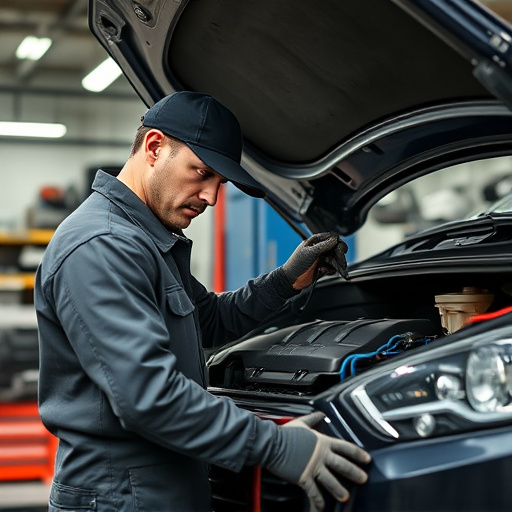
Leveraging online reviews, industry forums, and surveys post-service, collision repair shops can gat…….

In a competitive collision repair industry, exceptional customer service builds loyalty and positive…….
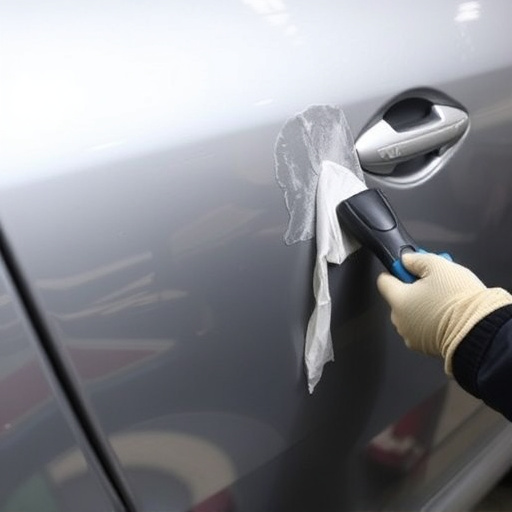
The automotive industry is transforming with digital tools enhancing collision repair customer servi…….

In a competitive collision repair industry, prioritizing customer expectations through prompt servic…….

Collision repair customers expect excellent service, including clear communication, empathy, and swi…….

Understanding target audience demographics is key to effective collision repair customer service pro…….
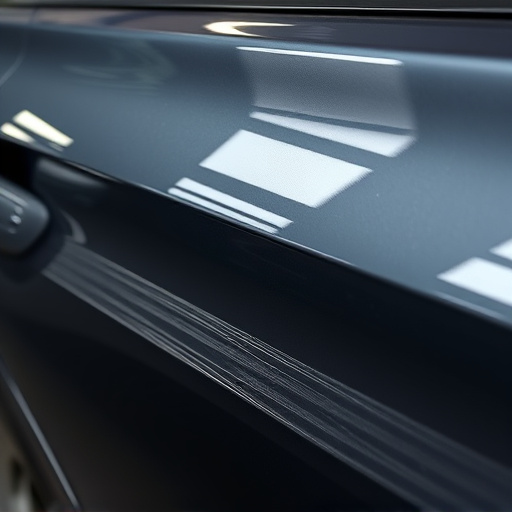
Customer reviews are pivotal in shaping public perception of collision repair customer service. Shop…….
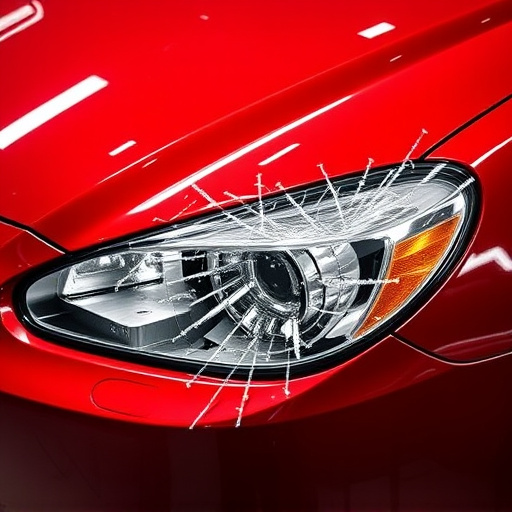
In the competitive collision repair industry, exceptional customer service is crucial for success. P…….

In collision repair customer service, clear communication builds trust and enhances client satisfact…….